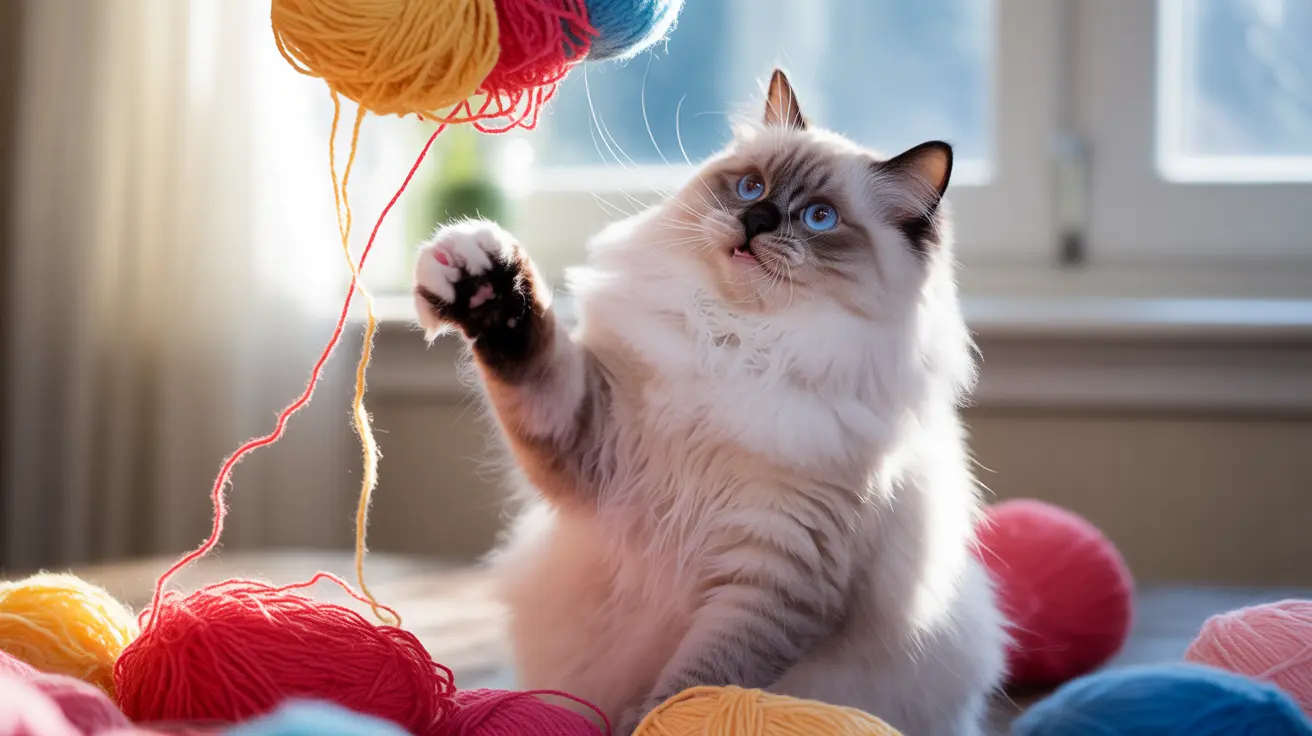Discovering your cat might be pregnant can be both exciting and overwhelming. Whether planned or unexpected, understanding the early signs a cat is pregnant is crucial for providing proper care during this important time. This comprehensive guide will walk you through the telltale indicators of feline pregnancy and help you ensure the best possible care for your expecting queen.
From subtle behavioral changes to distinct physical transformations, cat pregnancy presents various signs that emerge within the first few weeks after conception. Being able to recognize these early indicators can help you provide appropriate care and prepare for the arrival of new kittens.
First Signs of Feline Pregnancy
The earliest indicators of cat pregnancy often appear within the first few weeks after conception. One of the most reliable early signs is the cessation of heat cycles. If your usually cyclic cat suddenly stops displaying heat behaviors, it could indicate pregnancy.
Around 15-21 days after conception, you may notice "pinking up" - a distinctive change where your cat's nipples become larger and rosier in color. This physical change is often one of the first visible signs that confirms pregnancy.
Physical Changes During Early Pregnancy
Your cat's body will begin showing subtle but noticeable changes as the pregnancy progresses. Weight gain typically starts gradually, with most cats gaining 2-4 pounds throughout their pregnancy. The abdomen will begin to swell, becoming more prominent after the third week.
Some cats may experience mild morning sickness, particularly during early pregnancy. While occasional vomiting isn't unusual, frequent or severe episodes should prompt a veterinary visit.
Behavioral Changes to Watch For
Pregnant cats often display distinct behavioral changes that can serve as early pregnancy indicators. Many queens become notably more affectionate and seek additional attention from their owners. You might notice your cat:
- Sleeping more frequently
- Showing increased calmness
- Displaying heightened nurturing behaviors
- Seeking quiet, secluded spaces
Confirming Your Cat's Pregnancy
While physical and behavioral signs can strongly suggest pregnancy, veterinary confirmation is essential. Your vet can:
- Palpate for fetuses as early as two and a half weeks
- Detect fetal heartbeats via ultrasound at 3-4 weeks
- Confirm pregnancy through X-rays around week six
Caring for Your Pregnant Cat
Once pregnancy is confirmed, proper care becomes crucial. Ensure your cat has:
- High-quality, nutrient-rich food
- Fresh water available at all times
- A quiet, comfortable resting area
- Regular but gentle exercise
- Scheduled veterinary check-ups
Preparing for Birth
As your cat approaches her due date (typically 63-66 days from conception), she'll begin showing nesting behaviors. Create a warm, quiet birthing area using a sturdy box lined with clean blankets or towels. Place it in a low-traffic area where she feels safe and secure.
Frequently Asked Questions
What are the earliest signs that my cat is pregnant?
The earliest signs include the cessation of heat cycles, "pinking up" of nipples around 15-21 days after conception, and subtle increases in appetite and affectionate behavior.
How can I confirm if my cat's behavior changes are due to pregnancy or another issue?
While behavioral changes can indicate pregnancy, only a veterinary examination can confirm it. Your vet can use palpation, ultrasound, or X-rays depending on the pregnancy stage.
Why do some cats exhibit "morning sickness" during pregnancy?
Like humans, cats can experience hormonal changes that cause mild nausea during early pregnancy. This typically resolves on its own but should be monitored.
How often should I take my pregnant cat to the vet for check-ups?
Schedule an initial visit to confirm pregnancy and discuss care requirements. Additional check-ups are recommended at mid-pregnancy and near the due date, with more frequent visits if complications arise.
What are the best ways to prepare a safe and comfortable space for my cat to give birth?
Create a quiet, warm nesting box in a low-traffic area. Use clean, soft bedding and ensure the space is draft-free and easily accessible for your cat but away from other pets and children.
Remember, every cat's pregnancy experience is unique. By staying attentive to these early signs and providing appropriate care, you can help ensure a healthy pregnancy for your cat and her future kittens.






